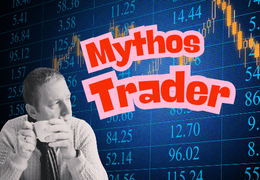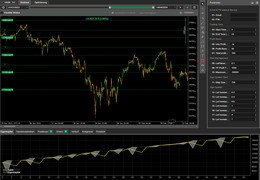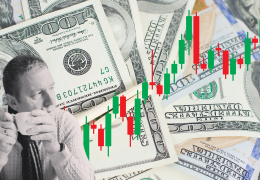Between reality and illusion If you want to know what trading really means—beyond luxury cars, piles of cash, and...
Search in blog
Blog categories
- FAQ – Your guide through the world of finance and technical facilities (2) click
- Daytrading Almanac (27) click
- Press release (23)
- Educational (26) click
- Projects (9)
- Chart analysis (39) click
- Trading bots for cTrader (11)
- AI in trading (5)
- Trading Strategien (11)
- Trading signals and stock market letters (46)
Latest posts

When it comes to traders, social media platforms often create a rather one-sided image: a young face smiling at the...

The TegasFX Instant Funding program sets a new standard for traders seeking quick access to capital without having to...

Backtesting trading strategies is an essential tool for traders who want to validate their methods across historical...

introduction In the world of trading, it can be challenging to balance the intense market activity and the rapid...
Popular posts





Featured posts





Photo gallery
No featured images
Archived posts
Top authors
-
 Christian Lill 70 Posts View posts
Christian Lill 70 Posts View posts -

-

-

-

Martingale systems: curse or blessing?
Introduction
Martingale systems, which originally came from gambling have proven to be controversial in the financial world. Trading strategies are established. They are often used in trading algorithms and Investment strategies used to reduce losses through continued doubling This article examines the history, the various System types and discusses the opportunities and risks of these strategies.
1. History of Martingale systems
The Martingale strategy originated in 18th century France. Century, where they were originally used in games of chance such as Pharo and later in Roulette was used. Players doubled their bet after each Loss, hoping to make up for all previous losses with a single win Although this strategy seems mathematically plausible, have attempts to mathematically refute or prove their effectiveness, no conclusive results have been provided so far.
2. Areas of application of Martingale systems
Trading
In trading, Martingale strategies are often used to Losses from increasing the investment after a losing trade This tactic is particularly used in markets with high volatility and used in algorithmic trading systems, but can lead to significant losses if a winning position is not reached in time.
Investment
In investments, especially in savings plans, Martingale-like systems are observed when investors place their contributions in falling markets to increase the average price of the assets acquired (dollar cost averaging). This approach is based on the expectation that the markets will rise in the long term.
3. Different Martingale systems
Classic Martingale
This is the original form, where the insert is every loss is doubled until a profit is made. This means infinite resources and no trade restrictions, which in the real world is rarely the case.
Modified Martingale
Modifications are made here to reduce the risks limit, e.g. by limiting the number of doublings or by a less aggressive increase in stakes.
Time Martingale
A newer variation in which the decision on the Increasing the position not after each individual trade, but after a determined time interval, based on the total performance of the Portfolio.
4. Curse or blessing? Risks and opportunities
Risks
- risk Capital depletion: The biggest danger of the Martingale strategy lies in their potential to quickly deplete trading capital, especially during long losing streaks.
- Psychological Pressure: The continued increase in stakes after losses can be emotionally stressful and lead to irrational decisions.
Possibilities
- Short-term Recovery: In markets prone to mean reversion, Martingale strategies can be effective in reducing short-term losses quickly to balance.
- Algorithmic Trading: In systematic trading strategies, Martingale approaches can automated to avoid emotional trading errors and to to optimize execution.
Conclusion
Martingale systems offer both risks and opportunities and should be treated with caution and a deep understanding of the underlying market mechanisms. Their application requires a robust Risk management strategy and a clear understanding of your own Risk tolerance. In the right environment and with the right Security measures can make them a useful tool in the arsenal of a Traders or investors.
Leave a comment
Related posts
 Case study: Automated trading (bot trading) and its impact on retail investors’ leisure activities
Case study: Automated trading (bot trading) and its impact on retail investors’ leisure activities
 Adjustment of trading sizes
Adjustment of trading sizes
 Setting stop loss and take profit
Setting stop loss and take profit
 Diversification
Diversification
